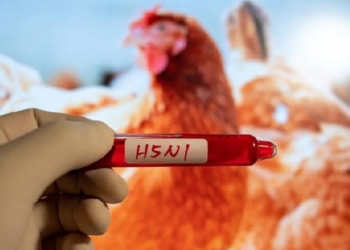New York: US scientists have developed a new and simple blood test to rapidly and inexpensively diagnose sarcoidosis — a chronic inflammatory disease marked by the growth of tiny lumps called granulomas in the lungs and other organs in the body.
The blood test could allow for selective use of more invasive diagnostic tests often used to identify the disease, revealed the team in the paper, published in the American Journal of Respiratory and Critical Care Medicine.
“Currently, diagnosing sarcoidosis is not a straightforward process, and requires tissue removal and testing with additional screenings to rule out other diseases, such as tuberculosis or lung cancer,” said James Kiley, Director of the Division of Lung Diseases at the National Heart, Lung, and Blood Institute, part of US National Institutes of Health (NIH).
“Using a blood test will help diagnose faster, particularly in those organs that are more challenging to biopsy and with less harm to the patient.”
Though the exact cause of sarcoidosis is unknown, researchers suspect it is an immune disorder triggered by a group of specific antigens, which are generally foreign substances that incite an immune response in the body.
To identify antigens and determine which might be linked to sarcoidosis, scientists collected lung fluid samples and blood cells from patients with pulmonary sarcoidosis, then extracted the genetic material.
Using a combination of molecular techniques, the researchers homed in on two newly described disease-specific antigen biomarkers that only bind to the antibodies of sarcoidosis positive patients.
They next designed a highly specific blood test, which only requires a small amount of blood, to determine if they could accurately detect sarcoidosis.
To verify the test, researchers compared blood samples from 386 people, which included patients with sarcoidosis, patients with tuberculosis, patients with lung cancer, and healthy individuals. The researchers confirmed that their test was able to differentiate patients who had sarcoidosis from those with other respiratory diseases.
“More testing needs to be completed before this screening method is ready for clinical use but it is possible that could be a reality within a few years,” said Lobelia Samavati, of Wayne State University.
IANS















